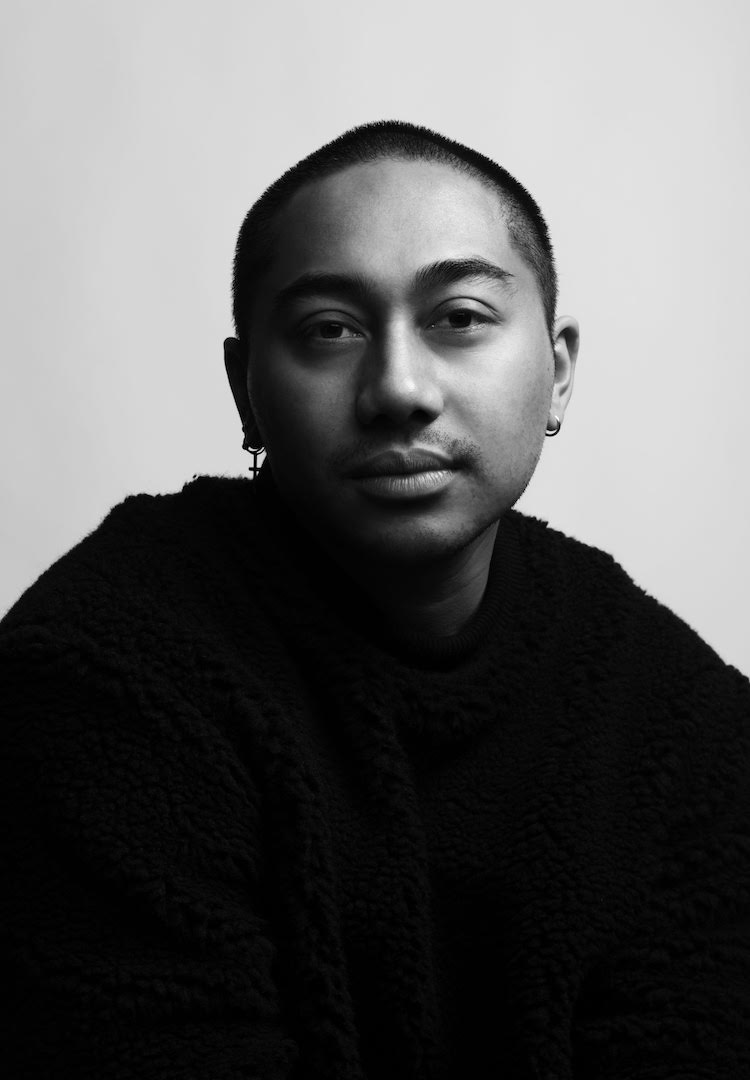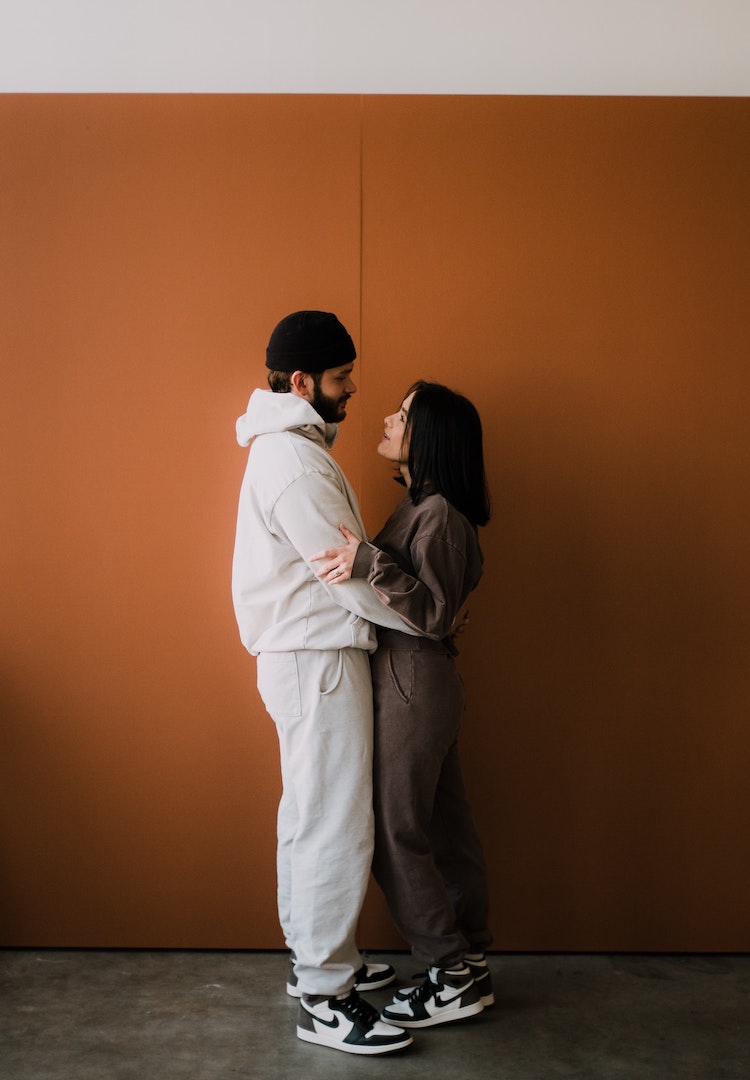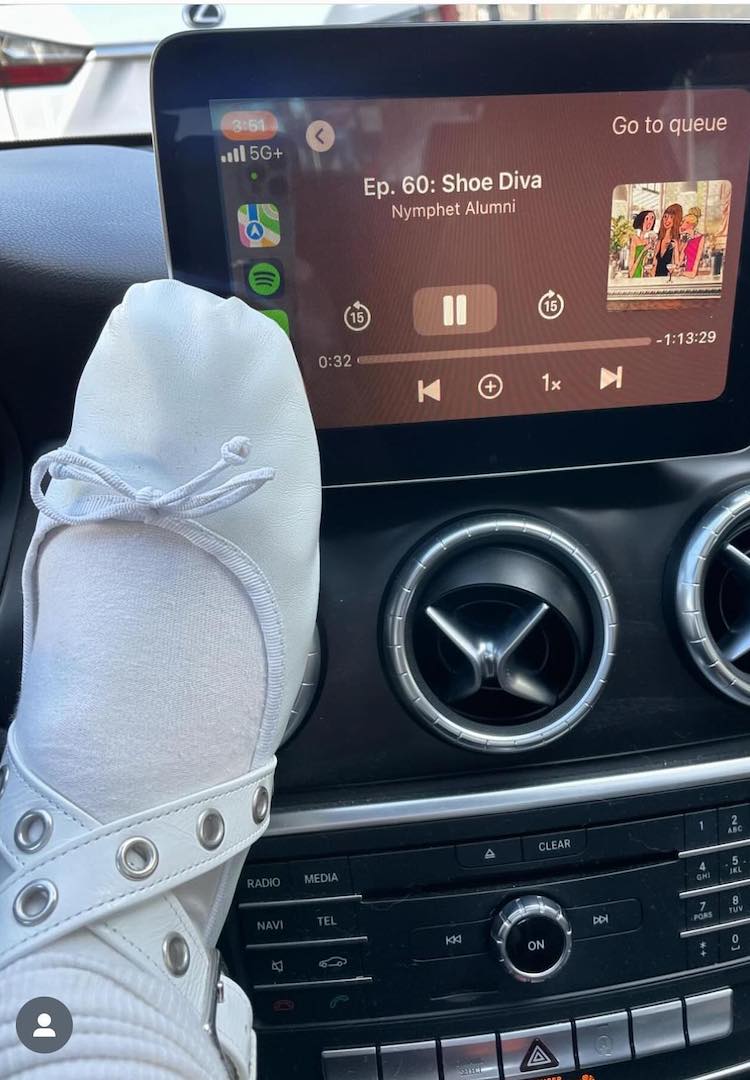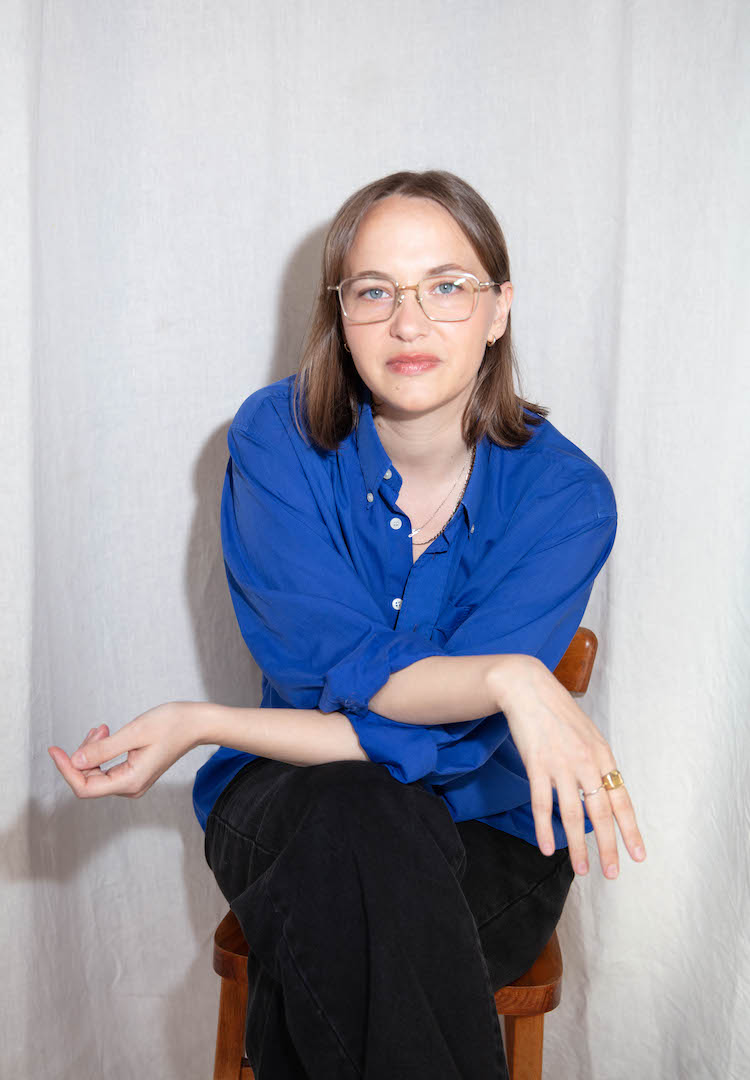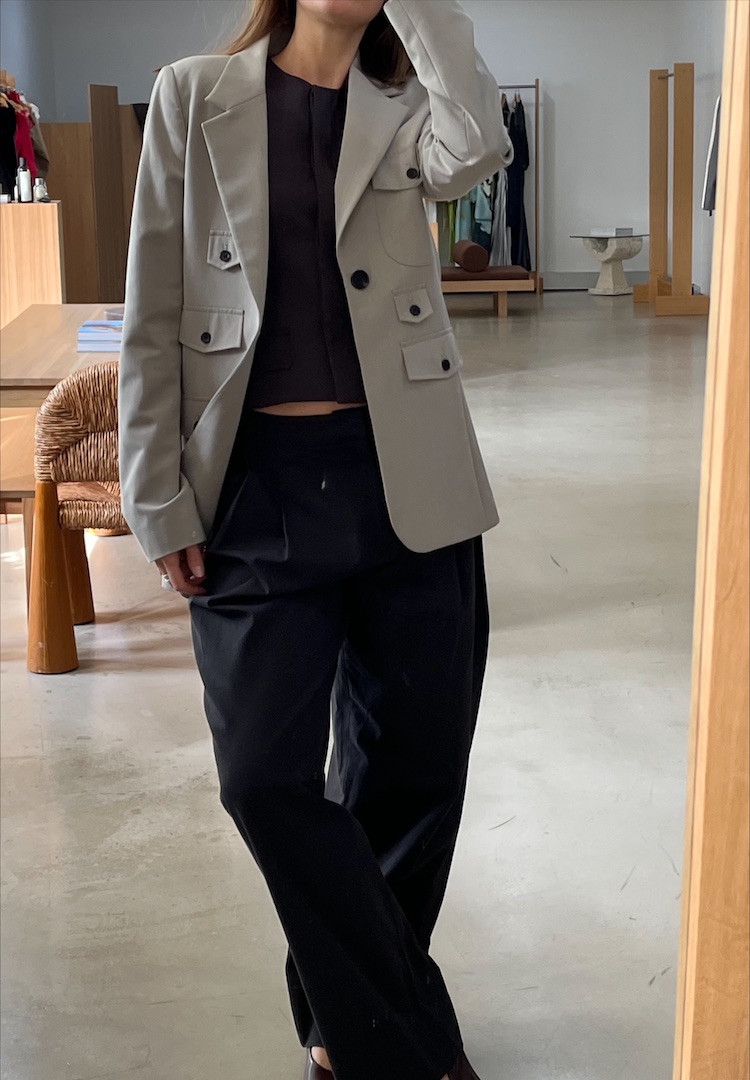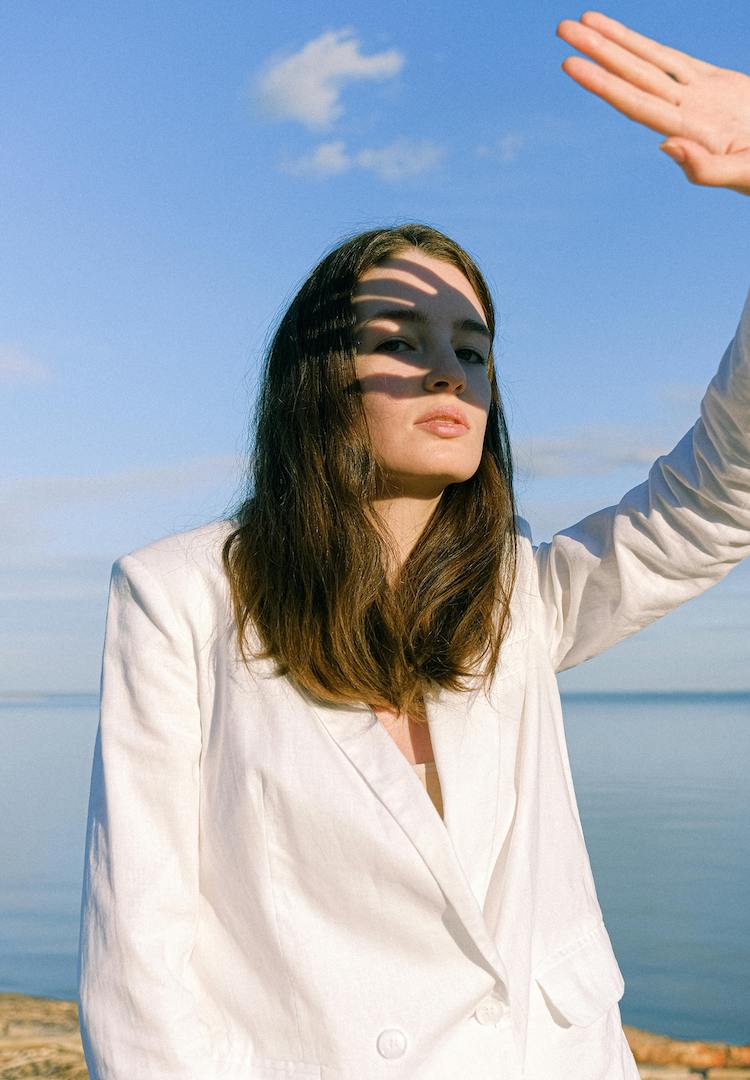How I Got Here: Melbourne-based stylist, creative and art director Carlos Mangubat on breaking into the fashion industry
WORDS BY IZZY WIGHT
“Being creative is one thing, but being commercially viable in a saturated market is another.”
Have you ever stalked someone on LinkedIn and wondered how on earth they managed to land that wildly impressive job? While the internet and social media might have us believe that our ideal job is a mere pipe dream, the individuals who have these jobs were, believe it or not, in the same position once, fantasising over someone else’s seemingly unattainable job.
But behind the awe-inspiring titles and the fancy work events lies a heck of a lot of hard work. So what lessons have been learnt and what skills have proved invaluable in getting them from daydreaming about success to actually being at the top of their industry?
Looking for a new 9 to 5? Head to our Careers page for new listings daily.
Welcome to How I Got Here, where we talk to people who are killing it in their respective fields about how they landed their awe-inspiring jobs, exploring the peaks and pits, the failures and the wins, and most importantly the knowledge, advice and practical tips they’ve gleaned along the way.
A career path in the fashion industry is rarely linear. Job titles are flexible and ever-changing, multi-talented employees are obtained in a variety of coincidental and non-traditional ways. Those who love it, love it – and they accept the industry as the beautiful, unpredictable beast it so often is.
Stylist, creative and art director Carlos Mangubat is one of those people. After graduating from RMIT University with a fashion degree, Carlos initially thought he wanted to be a trend forecaster – but after volunteering at Melbourne Fashion Week, he tapped into an undiscovered love for the world of styling.
A partial masters degree, several internships and countless Sydney-to-Melbourne flights later, Carlos is an incredibly established and well-respected creative in the Australian fashion industry. Here’s what he’s learnt along the way.
What do you do and what’s your official job title?
My name is Carlos and I’m a stylist and creative/art director. Sometimes I dabble in photography and writing as a hobby. I’ve been contributing to Fashion Journal since around 2012 until now; styling shoots and writing feature articles and interviews.
Take us back to when you were first starting out. Did you study to get into your chosen field, or did you start out with an internship/entry-level role and climb the ladder? Tell us the story.
View this post on Instagram
I went to RMIT University for around eight years, finishing only with a fashion degree in product development. I initially wanted to be a trend forecaster. I interned and worked for WGSN and Scout – both trend forecasting agencies – but after volunteering at MFW, I was introduced to the world of styling.
While I was studying fashion I interned, assisted and continued to volunteer at MFW. I did this for around four years while I was building my own folio. I was so hungry to get ahead I took pretty much any opportunity I thought would be valuable. I also assisted other stylists, like fellow long-term FJ stylist Elaine Marshall – as well Philip Boon, Kate Carnegie, Emily Ward and Belinda Ponczek, mostly on editorial and advertising jobs.
When I started my Master of Journalism (something I thought you had to do to become a fashion editor), I interned at Grazia. I used to fly to Sydney and back from Melbourne (on the same day) every Wednesday for months. I didn’t tell them I lived in Melbourne for months.
When they found out I was catching a flight to come in every week, they started to give me more opportunities and put me on more shoots. It was a nice environment to be around. I later found out I was more qualified than half the editors there, so I decided to stop interning and studying journalism. Since then, I’ve continued to work as a stylist and occasionally write articles.
What challenges/hurdles have you faced getting to where you are now? Can you tell us about one in particular?
One of the biggest challenges is maintaining a steady stream of cash flow. Working freelance is difficult as it is, but if a client doesn’t pay in a timely manner it can be very stressful. When I lived in London, I had two other jobs to help supplement my income.
I would be chasing clients for months, which caused problems with paying rent on time – hence getting multiple streams of income. I made sure I wasn’t relying on my ‘dream’ job to pay for everything. Learning to balance your cash flow and budget (and bookkeeping) is a skill necessary for a freelance career.
What do you want people to know about your industry/your role?
A very good mindset to have is to have both your ‘business’ and ‘creative’ hats on. You can’t have one without the other. Learning to be a good business person is just as important as being a talented creative – if not more.
Knowing how to network, market your product and skills (yourself), balance your bookkeeping and create new business opportunities is just as important as concept development, inventory management, creating looks and stories, etc. Being creative is one thing, but being commercially viable in a saturated market is another.
View this post on Instagram
Being able to turn the thoughts and ideas in your head into a reality is quite amazing! For example, I collaborated with a photographer who had a strong architectural vision and we created a shoot based on repetition, lines and form. The end result was some of my best work to date.
It was more about the images and composition, which was a great change from just focusing solely on seasonal trends. The story had a timeless nature to it, which gave it more depth and meaning. Another great thing about the fashion industry is the people you get to meet, work with and learn about. It’s a real perk.
I’ve worked with some really cool and inspiring people – from artists and Hollywood celebs to unknown creative people with literally no profile. Interacting with a diverse group of people who all come together to create something is special. The collective love and creativity make it quite a humbling experience.
What would surprise people about your role?
Again, being both a good business person and creative is very important in order to gain and maintain clients. It’s valuable to know how to deliver on a set brief and to have strong interpersonal skills to keep clients on your side. Also, reliability and the ability to go above and beyond can help ensure you maintain a client and your reputation. Knowing what people want before they ask can get you very far!
What skills have served you well in your industry?
Again, good interpersonal skills – being able to interact with different types of people and personalities – can get you very far. Also, being able to keep your cool in very stressful situations is a skill that comes in handy in fashion (especially during fashion weeks).
Having the stamina to push through obstacles (even when it all seems too much) will show clients you can still perform under pressure. It’s great to be able to adapt and show resilience in difficult situations. Working freelance, you may only get one opportunity to show what you can do – so you have to make it count!
Additionally, being able to recall names and faces is something people definitely appreciate. Anyone you know could be of value to you. For example, a volunteer helping you style could be your client in a couple of years. Remember everyone and treat everyone with respect.
What advice would you give to someone who wants to be in a role like yours one day?
View this post on Instagram
To those who want to be stylists (especially today’s generation): work hard and don’t expect things to come to you. Earning your way and people’s respect doesn’t just come from what you post on social media. A hard-working attitude on and off the set will enable clients to see you’re more than just an image.
What about a practical tip?
Life tip: fashion isn’t easy, work hard and hustle. Don’t be fooled by what you see on social media.
Read the rest of the How I Got Here series here.
Looking to step up to a career in media? Each week we send a wrap of industry jobs straight to your inbox. Enter your details below and we’ll keep you in the loop, or browse current openings here.


